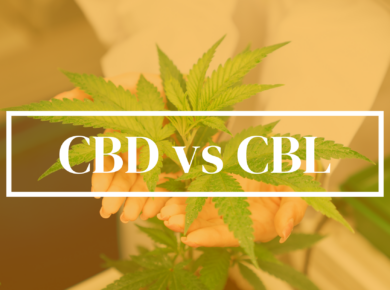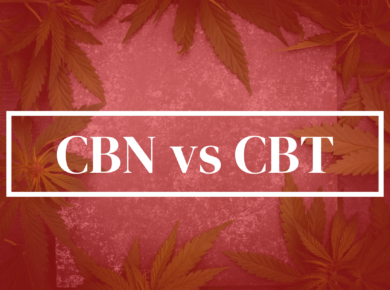Navigating through the expansive world of cannabinoids necessitates a thorough understanding of the various compounds within it, particularly CBDa (Cannabidiolic Acid) and CBT (Cannabicitran).
CBDa is not just a cannabinoid; it’s a precursor to CBD (Cannabidiol), one of the most recognized cannabinoids found in both hemp and cannabis plants. Originating from the biosynthesis of cannabigerolic acid (CBGa), CBDa transforms into CBD when exposed to heat or sunlight through a process known as decarboxylation.
Conversely, CBT may not be as renowned, but it’s an intriguing cannabinoid found in hemp and cannabis. Despite not being as heavily researched as its counterparts, CBT is believed to be a degradation product of other cannabinoids, forming as they deteriorate over time.
In essence, while CBDa and CBT are both found in hemp and cannabis, they have unique origins and transformations within the plant. CBDa metamorphoses into CBD under certain conditions, whereas CBT is theorized to emerge as other cannabinoids decay.
Many States allow hemp derived cannabinoids under the 2018 Farm Bill as long as they contain less than .3% D9 THC. Some States have explicitly banned cannabinoids like Delta 8, so check your local rules and regulations before purchasing.
Here’s the rules for Kush.com and more details
Frequently Asked Questions (FAQs) What Are CBDa and CBT? CBDa, or Cannabidiolic Acid, is a non-psychoactive cannabinoid discovered in raw cannabis plants, acting as a precursor to CBD. On the other hand, CBT, or Cannabicitran, is a cannabinoid still under research, identified in minimal quantities in specific cannabis strains.
How Are They Extracted? Both CBDa and CBT are primarily extracted using CO2 extraction, utilizing pressurized carbon dioxide to extract the desired cannabinoids. Alternatively, ethanol extraction, involving ethanol as a solvent, is also employed.
Are Different Strains High in CBDa and CBT? Indeed, hemp strains can exhibit varying cannabinoid levels. While most strains might only contain trace amounts of CBT, CBDa is typically more prevalent due to its role as a precursor to CBD.
Interactions with the Endocannabinoid System? CBDa and CBT engage with the endocannabinoid system distinctively. CBDa is believed to inhibit the COX-2 enzyme, pivotal in inflammation responses, whereas CBT’s interaction is still being studied.
Can CBDa and CBT Be Combined? Absolutely. Many products incorporate a full spectrum of cannabinoids, encompassing both CBDa and CBT. The “entourage effect” theory posits that cannabinoids enhance each other’s effects, though further research is paramount.
Medical Disclaimer The information herein is purely educational and should not substitute professional medical advice. Always consult a healthcare provider prior to utilizing any cannabinoid products.
Where to Find Products? CBDa and CBT products can often be sourced both online and in physical stores. Ensure compliance with local laws prior to any purchase.
Shop






